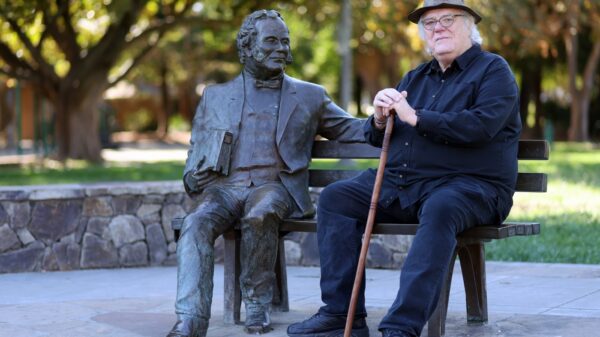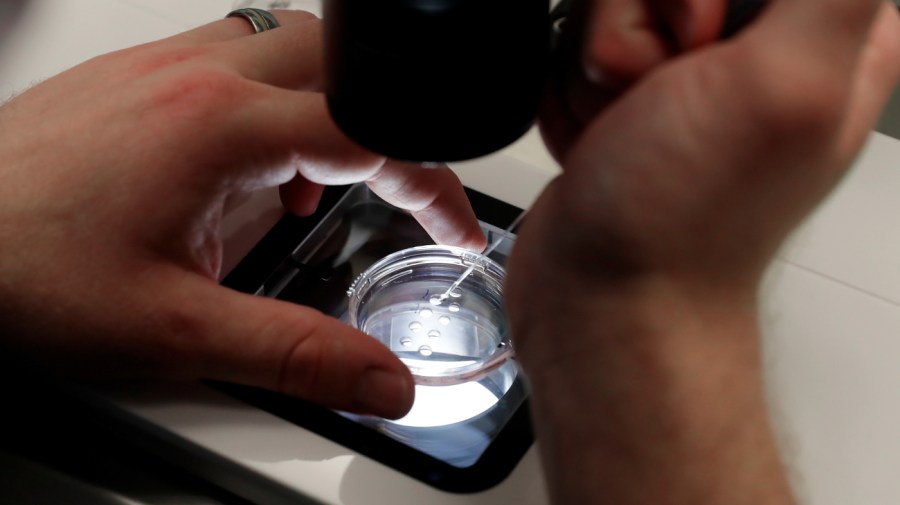The pro-life movement in the United States is confronting a significant challenge regarding its stance on in vitro fertilization (IVF). As advancements in reproductive technology continue to evolve, questions arise about whether the movement will adapt to embrace IVF or remain steadfast in its traditional opposition to practices it views as inconsistent with its principles.
This dilemma intensified following the U.S. Supreme Court’s decision in March 2022 to overturn Roe v. Wade, which granted states increased authority over abortion regulations. The ruling has led many pro-life advocates to reassess their position on reproductive technologies, particularly IVF, which often involves the creation and potential destruction of embryos.
A key organization within the pro-life movement, the National Right to Life Committee, has historically opposed IVF due to concerns over embryo handling. However, the shifting landscape of reproductive rights has prompted some factions within the movement to reconsider their stance, arguing that IVF can align with pro-life values if managed ethically.
Supporters of IVF within the pro-life community emphasize the necessity of family building and the desire to see more children born, which aligns with their core beliefs. They argue that IVF should be viewed as a tool to help couples struggling with infertility rather than solely as a procedure that creates surplus embryos.
Conversely, critics within the movement argue that accepting IVF could dilute the pro-life message. They express concerns that embracing such technology might conflict with the broader objective of protecting all human life from conception to natural death. This internal conflict raises crucial questions about the identity and future direction of the pro-life movement.
Several states have already taken legislative actions to address these concerns. Some have proposed laws that would regulate IVF practices to ensure that embryo creation and handling adhere to pro-life principles. This includes efforts to limit the number of embryos created during the IVF process and to mandate their use in subsequent attempts at pregnancy.
The American Society for Reproductive Medicine has also weighed in, advocating for comprehensive guidelines that would balance ethical considerations with the medical needs of patients. Their position highlights the ongoing debate about how best to navigate the intersection of reproductive technology and pro-life ethics.
As the pro-life movement continues to grapple with this identity crisis, it remains to be seen how various factions will reconcile these divergent views. The outcome could significantly impact both the movement’s future and the broader conversation around reproductive rights in the United States. With ongoing discussions and potential legislative changes, this evolving narrative will likely define the pro-life movement’s character in the years to come.
In conclusion, the challenge of embracing IVF presents a unique opportunity for the pro-life movement to clarify its values and adapt to a changing societal landscape. The decisions made in this context will resonate far beyond the realm of reproductive technology, shaping the movement’s identity and influence in American politics and culture.




































































